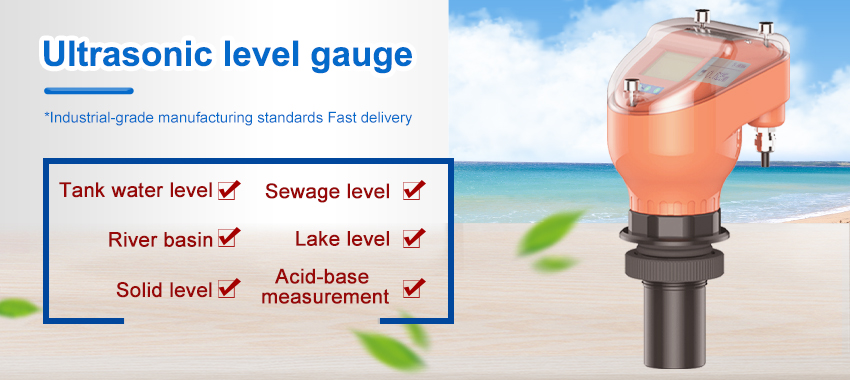The river level monitoring system is an important tool used by governments and communities around the world to assess the water levels of rivers and prevent potential flooding disasters. With the increasing frequency and intensity of extreme weather events, including floods, hurricanes, and storms, the need for effective river level monitoring has become more important than ever.

A river level monitoring system typically consists of a network of sensors, placed at various locations along the river, which measure the water level and transmit the data to a central monitoring station. The sensors can be placed at the riverbank, bridge, or other strategic locations, and can measure various aspects of the water, such as its temperature, flow rate, and depth.
Advantages of river level monitoring system
Ability to provide real-time data on water levels

This allows authorities to predict and respond to changes in river conditions quickly and effectively. By monitoring the river levels, authorities can issue warnings to residents and businesses in areas that are at risk of flooding, allowing them to take necessary precautions and evacuate if necessary.
Provide historical data on water levels
In addition to the benefits of real-time data, the river level monitoring system can also provide historical data on water levels. This data can be used to analyze trends and patterns in river behavior over time, which can help authorities to make informed decisions about future river management strategies.

Ability to detect and alert authorities to potential hazards in the river
Another important benefit of the river level monitoring system is its ability to detect and alert authorities to potential hazards in the river. This includes not only floods but also debris, fallen trees, and other objects that can pose a risk to boats, swimmers, and other users of the river. By detecting these hazards early, authorities can take action to remove them and prevent accidents and injuries.
Can effectively manage water resources
The river level monitoring system also plays a key role in water resource management. By providing data on water levels and flow rates, authorities can manage the allocation of water resources more effectively. This includes managing the amount of water released from dams and reservoirs, and regulating water usage in agriculture and other industries.

Monitoring the health of river ecosystem
The river level monitoring system can also be used to monitor the health of the river ecosystem. By measuring water temperature, pH levels, and other environmental factors, authorities can assess the health of the river and detect any changes or anomalies that may indicate pollution or other environmental problems. This information can be used to inform environmental management policies and initiatives.
In recent years, the use of technology has greatly enhanced the capabilities of river level monitoring systems. For example, remote sensing technology can be used to gather data on river conditions from satellites and other aerial platforms, providing a wider range of data points and greater coverage of remote areas. This technology can also be used to monitor changes in river morphology, such as the movement of sandbars and the formation of new channels.
In conclusion, the river level monitoring system is a critical tool for managing and protecting rivers and the communities that depend on them. By providing real-time data on water levels, detecting potential hazards, and monitoring the health of the river ecosystem, the system can help authorities to prevent floods . Water resources more effectively, and make informed decisions about river management.
With the continued development of technology and the increasing threat of extreme weather events, the importance of river level monitoring is only likely to grow in the years to come.